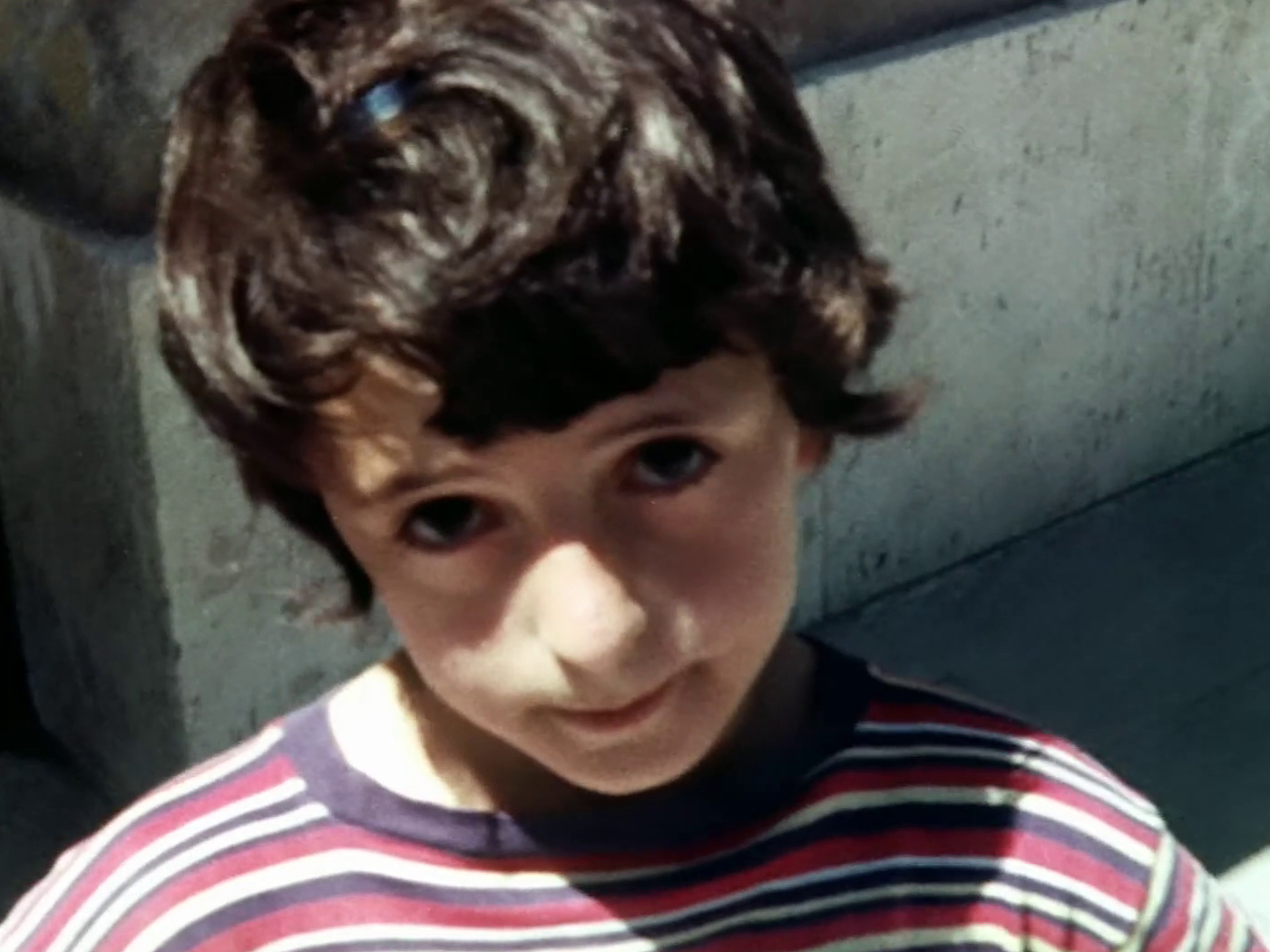
Seven-year-old Fabio Spada is narrated into our awareness with pedestrian, bureaucratic details: the name of his parents, the exact location of his family’s cramped living situation in a tower block in the Roman suburbs, and this suburb’s transport connections. The film consists of interviews with the proverbial “village” involved in raising this child, who has been deemed a misfit by his school. Fabio’s father, propped up at a bar and raising a glass to the camera crew, recounts his sons’ misdeeds with amused detachment, including his attempted murder of the family’s pet fish a week earlier. His mother struggles to talk about her son as she changes her youngest child, the others causing havoc around her – and asks the film crew whether they’re going to edit out the chaos. A neighbour, meanwhile, notes Fabio’s lack of respect for his mother and fear of his father (Daniella Shreir).
EN
“La Briglia sul Collo [The Bridle on the Neck] follows the schoolboy Fabio Spada, who has been labelled a misfit and a deviant by his small community. The film begins with an inventory of Fabio’s life: his father’s profession; the Roman suburb where he lives with his family; the lack of public parks in his area; the size and uniformity of the family flat; and the single transport connection between the suburb and the city. This is all vocalised over an extended shot of Fabio as he idly picks at the outside wall of his building. His body is pressed into a corner in the way that children often do when they have been dismissed or forgotten. Later in the film, Mangini interviews Fabio, as well as his parents, headmaster and neighbour, to formulate a nuanced portrait of a badly behaved and misunderstood child. Though never explicitly stated, the narrative suggests that Fabio’s lively temperament is a consequence of his highly constrained circumstances, indirectly criticising the society that raised him, rather than the boy himself. Although he pulls faces and sticks out his tongue at anyone who will dare lock eyes with him, the film proposes that within young, rebellious nonconformists lie potential social revolutionaries. Indeed, this aligns with the qualities we often ascribe to artists: speaking truth to power, rebelling against oppressive systems, truth-telling and revealing social ills that necessitate action. Mangini herself fits this archetype, as a film-maker who was regularly and systematically censored for her confrontational analysis of social issues.”
Sarah Messerschmidt1
- 1Sarah Messerschmidt, “A one-woman confessional,” Burlington Contemporary, 26 March 2021.

